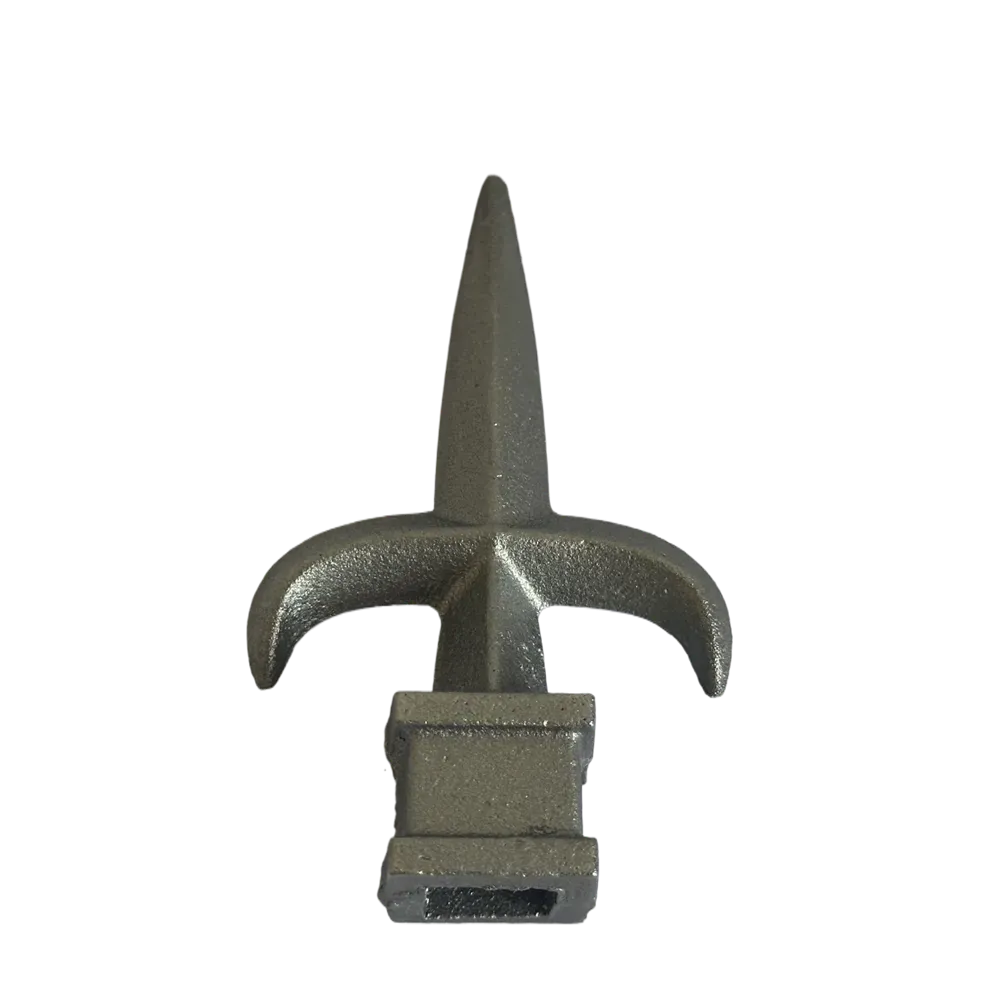Exploring Techniques for Iron Casting Patterns in Metalworking and Foundry Processes
Understanding Iron Casting Patterns A Key to Quality Metalwork
Iron casting is a foundational process in metalworking, providing the framework for creating a vast array of components used in various industries. At the heart of this process are casting patterns, which serve as essential tools in the production of iron castings. This article will delve into the significance of iron casting patterns, their types, and the considerations involved in their design and usage.
What are Casting Patterns?
Casting patterns are replicas of the object that is to be cast. They are typically made from materials such as wood, metal, or plastic and are used to create a mold into which molten iron is poured. The pattern's shape and dimensions directly influence the final product, making it crucial to ensure precision in pattern design to achieve the desired specifications in the casting process.
Types of Patterns
There are several types of casting patterns, each serving specific needs in the iron casting process. The main types include
1. Solid Patterns These are simple, single-piece patterns used for straightforward geometries. They are easy to produce but may require more complex mold-making processes for intricate designs.
2. Split Patterns Consisting of two or more pieces, split patterns are ideal for creating more complex shapes. They can be easily removed from the sand mold without damaging the mold’s structure, allowing for more detailed features.
3. Core Patterns Used when the cast part requires internal cavities or features, core patterns help in shaping these internal aspects. Cores are typically placed inside the mold to create the needed voids.
4. Match Plates This type of pattern consists of two halves, usually mounted on a plate. This form is efficient for mass production as it allows for quick mold assembly and disassembly.
iron casting patterns

5. Flexible Patterns Made from materials that can flex, such patterns are useful when producing parts with complex geometries. They allow for easier removal from the mold without causing damage.
Importance of Pattern Design
The design of casting patterns directly affects not only the quality of the final casting but also the efficiency of the manufacturing process. Several factors should be considered during pattern design
- Shrinkage Allowance Iron, like most metals, shrinks as it cools. Designers must account for this shrinkage to ensure that the final product meets size requirements.
- Draft Angle A slight taper is often included in the pattern design. The draft angle aids in the removal of the pattern from the mold, preventing damage to both the mold and the pattern.
- Surface Finish The surface texture of the pattern will influence the surface quality of the final casting. Smooth patterns yield finer finishes, while rough surfaces may produce casts with greater texture.
- Durability Patterns need to withstand repeated use, especially in production environments. The choice of material for the pattern will depend on the expected production volume and the complexity of the pattern.
Conclusion
Iron casting patterns play a critical role in the manufacturing of cast iron products, influencing both the quality and efficiency of the casting process. Whether they take the form of solid, split, or flexible patterns, each type has its own unique benefits that cater to different casting requirements. By carefully considering design aspects such as shrinkage allowance, draft angle, and material selection, manufacturers can optimize their processes and ensure high-quality outputs. Understanding the nuances of casting patterns can ultimately lead to more successful and cost-effective production in the world of iron casting.
-
Wrought Iron Components: Timeless Elegance and Structural StrengthNewsJul.28,2025
-
Window Hardware Essentials: Rollers, Handles, and Locking SolutionsNewsJul.28,2025
-
Small Agricultural Processing Machines: Corn Threshers, Cassava Chippers, Grain Peelers & Chaff CuttersNewsJul.28,2025
-
Sliding Rollers: Smooth, Silent, and Built to LastNewsJul.28,2025
-
Cast Iron Stoves: Timeless Heating with Modern EfficiencyNewsJul.28,2025
-
Cast Iron Pipe and Fitting: Durable, Fire-Resistant Solutions for Plumbing and DrainageNewsJul.28,2025
-
 Wrought Iron Components: Timeless Elegance and Structural StrengthJul-28-2025Wrought Iron Components: Timeless Elegance and Structural Strength
Wrought Iron Components: Timeless Elegance and Structural StrengthJul-28-2025Wrought Iron Components: Timeless Elegance and Structural Strength -
 Window Hardware Essentials: Rollers, Handles, and Locking SolutionsJul-28-2025Window Hardware Essentials: Rollers, Handles, and Locking Solutions
Window Hardware Essentials: Rollers, Handles, and Locking SolutionsJul-28-2025Window Hardware Essentials: Rollers, Handles, and Locking Solutions -
 Small Agricultural Processing Machines: Corn Threshers, Cassava Chippers, Grain Peelers & Chaff CuttersJul-28-2025Small Agricultural Processing Machines: Corn Threshers, Cassava Chippers, Grain Peelers & Chaff Cutters
Small Agricultural Processing Machines: Corn Threshers, Cassava Chippers, Grain Peelers & Chaff CuttersJul-28-2025Small Agricultural Processing Machines: Corn Threshers, Cassava Chippers, Grain Peelers & Chaff Cutters












